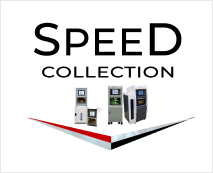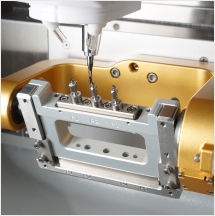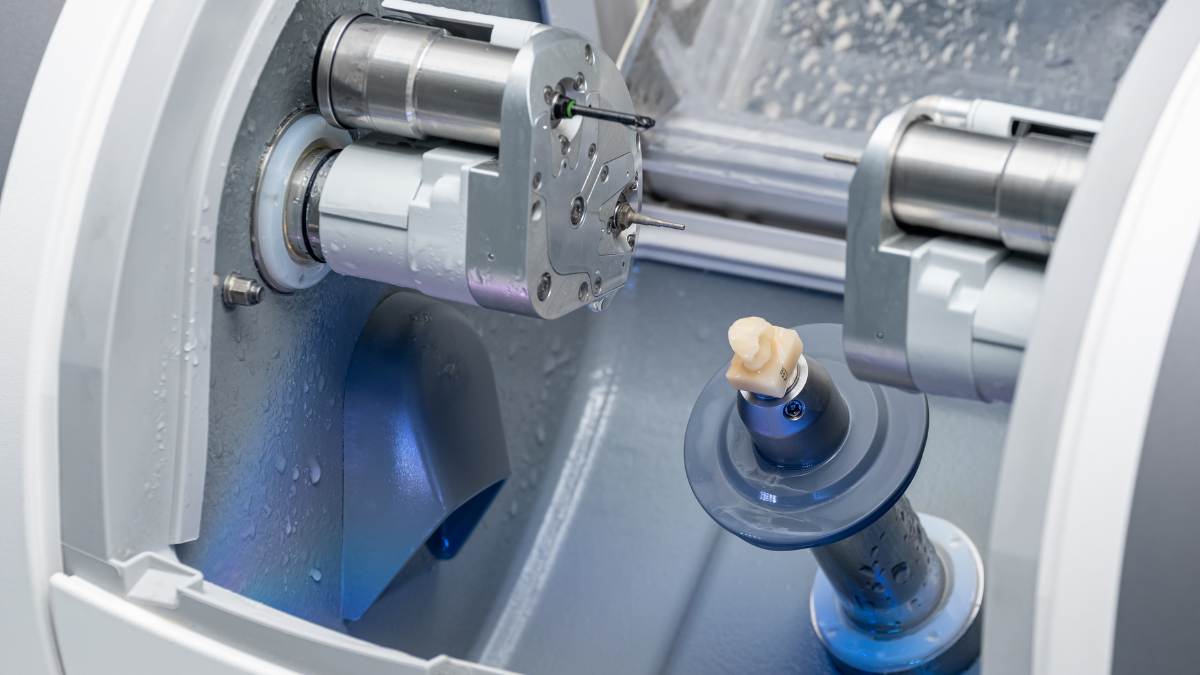Dental milling technology is at the center of a significant revolution in the dental industry. Dental milling, which was once a laborious and complicated procedure, has developed into a vital component of contemporary restorative dentistry, allowing for the production of accurate, superior restorations at a never-before-seen speed. With the combination of cutting-edge materials, advanced software, and artificial intelligence, technology is set to make even more strides in the future.
The Development of Versatile Machines and Advanced Materials
The materials that dental milling can process have a direct impact on its capabilities. The range and caliber of materials will increase in the future, enabling restorations that are not only more robust and long-lasting but also more aesthetically beautiful. The new norm is 5-axis milling machines, which can mill complex shapes and have a wider range of motion. These adaptable devices can work with a variety of materials, such as:
- Zirconia: An extremely resilient and biocompatible ceramic that works well for implant frameworks, crowns, and bridges.
- Lithium disilicate is a common material for veneers and inlays because of its exceptional strength and beauty.
- Models, surgical guides, and temporary restorations are all made with PMMA and resins.
- Metal Alloys: For building sturdy abutments and frameworks.
This greater adaptability streamlines workflow and allows dentists to provide more accurate and personalized solutions for their patients. In-house or chairside milling is becoming more and more popular because it allows for same-day restorations and gives dentists more control over the whole fabrication process.
Give Axsys Dental Solutions a call at (855) 687-7941 to find out more about how these technologies can revolutionize your dental office.
The Potential of Software Integration and AI
The quality of the data that milling machines receive determines their performance. The combination of cutting-edge software and artificial intelligence (AI) represents the next frontier in dental milling technology. AI is entering the design and manufacturing stages in addition to basic diagnostics.
- Automated Design: With little assistance from humans, AI algorithms can now create restoration designs from intraoral scans. They can reduce design time and human error by analyzing patient-specific data to produce crowns and bridges that fit perfectly.
- Predictive analytics: By examining variables like material characteristics, occlusal forces, and patient behavior, AI can also forecast the long-term success of restorations. For the best patient outcomes, this empowers dentists to make data-driven decisions.
- Simplified Workflows: Dentistry milling will have a smooth, integrated digital workflow in the future. Intraoral scans will be instantly sent to AI-powered design software, and the finished design will be sent straight to the milling machine. This end-to-end system will increase efficiency and drastically cut turnaround times.
Did You Know?
That the average time to create a single crown has decreased from weeks to a few hours, and occasionally even a single visit, thanks to the use of CAD/CAM technology in dentistry?
The future of dental milling is about more than just cutting-edge hardware; it’s about the intelligent integration of technology to enhance every step of the restorative process. With advancements in materials, AI, and integrated workflows, the field is moving toward a future of unparalleled precision, efficiency, and patient care. To learn more about how these technologies can transform your practice, call Axsys Dental Solutions at (855) 687-7941.
Commonly Asked Questions
Is dental milling technology limited to large dental labs?
What distinguishes 4-axis milling machines from 5-axis milling machines?
enabling more complex undercuts and angles. This reduces manual finishing and improves milling versatility for intricate restorations.






